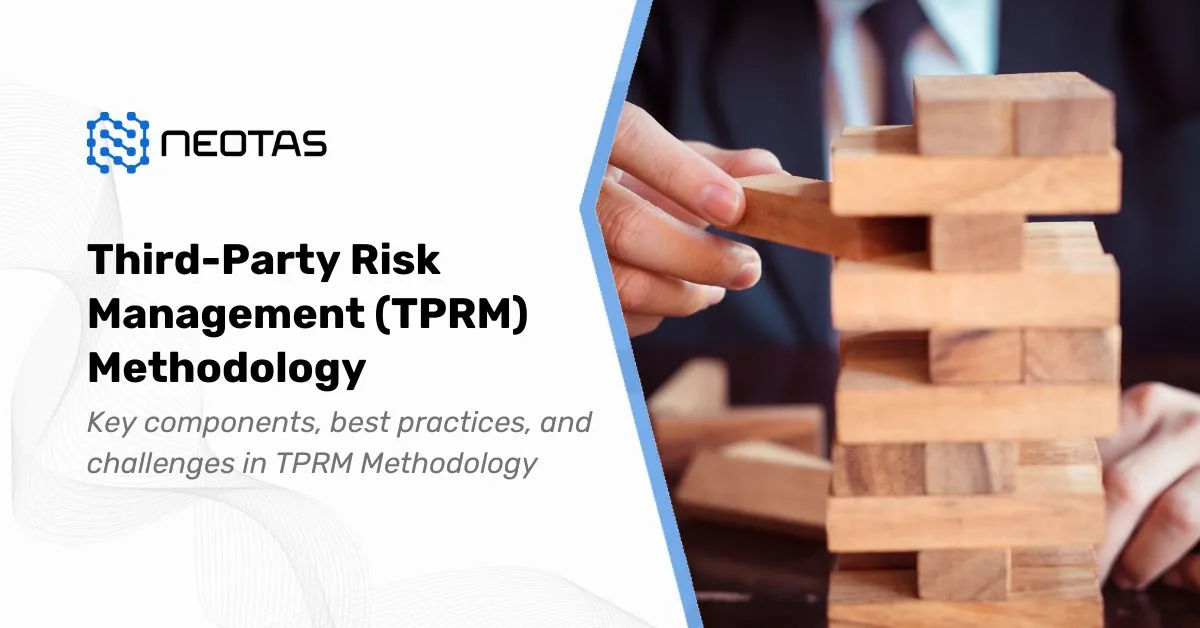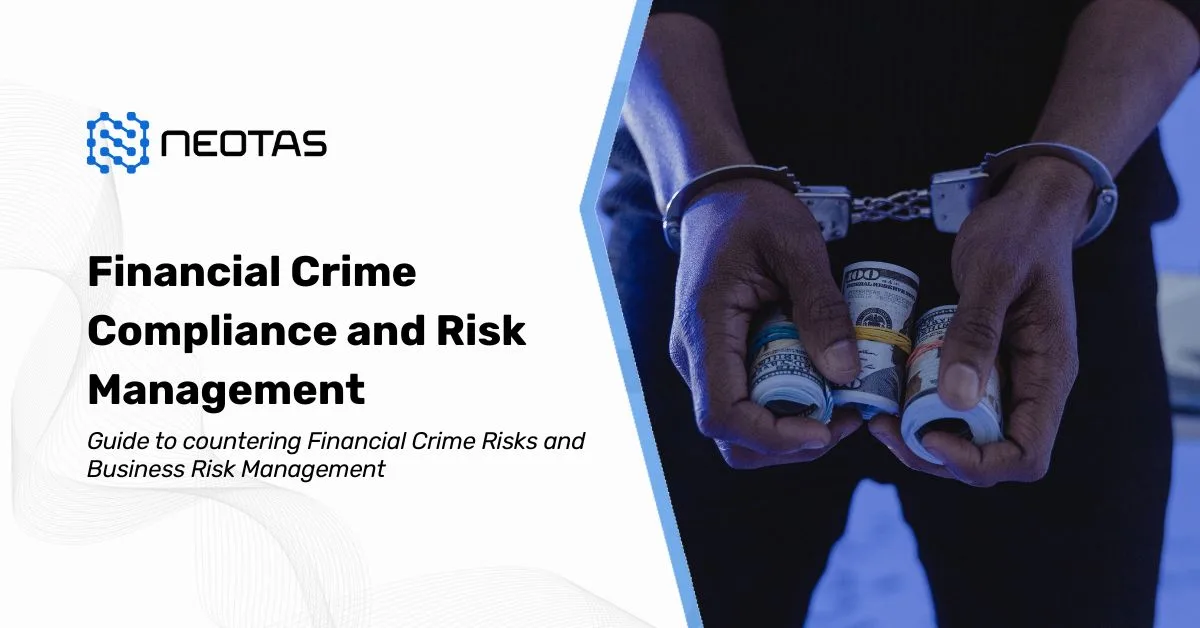How Non-Financial Risk Indicators Can Improve Credit Risk Due Diligence :
“Credit risk is more than just financial models. There’s a whole series of non-financial data points that can be used to help make those decisions better.” – Ian Howard, Neotas
Managing and mitigating post pandemic risk
For financial institutions, managing and mitigating risk has become an increasingly difficult task following the implications of the COVID-19 pandemic. Ongoing uncertainty has made forecasters’ and risk managers’ jobs more difficult than ever and new due diligence methods are being adopted constantly to help evaluate risks more clearly.
Credit risk in particular has faced distinct challenges and implications through the crisis – with a lack of pertinent data on crisis conditions, changes in credit worthiness and a “large wave of non-performing exposures” needing to be addressed.
To help manage the risk for lenders, new approaches must be adopted that are fit for purpose in a changing landscape. Enhanced credit risk due diligence procedures should be adopted to dig deeper into non-financial risk indicators surrounding companies and entities.
A business’ resilience to post-pandemic fallout will vary depending on the organisation, its processes and, crucially, the people within the business. Institutions looking to mitigate risks in an uncertain landscape should be embracing all of the financial and non-financial data points at their disposal to help improve decision making.
How is credit risk currently being assessed?
The rapid, ever-changing nature of the pandemic has led to many financial institutions adapting quicker than they ever have before. By looking through a different lens and utilising readily available data such as non-financial data points, you can better predict the performance of entities.
Traditional borrower credit risk is usually evaluated by considering the financial position of the borrower, market position, industry specific characteristics and, finally, the quality of the management.
What was once a structured, well-established credit risk assessment has now been turned on its head.
The ECB’s recent assessment of credit risk procedures found that not all financial institutions have sufficiently strengthened their credit risk management to combat the expected increased risk.
Although many institutions have adapted their credit risk due diligence processes, those who aren’t embracing a data-led approach, including non-financial data points, are left evaluating credit risk with limited visibility and an uncertain path ahead of them.
The Credit Risk Implications of the Coronavirus Pandemic
We cannot rely on outdated financial reporting
With the dawn of the pandemic, many conventional sources of typical credit risk data became obsolete overnight. Where previously a high degree of importance would have been placed on financial reporting, even with the typical 6-12 month lag, the relevance of those figures decreased rapidly as markets crashed and industries were rocked.
While many industries were halted by the pandemic, some prospered. What’s true in all cases though is that none have experienced a typical trading period through that time. As a result, the robust, quantitative financial data that normally forms the cornerstone of credit risk due diligence becomes significantly less reliable.
So how then do we evaluate the parties in question? While some form of reporting delay may feel inevitable, it is time to engage with alternative solutions to help bolster risk-modelling. By considering non-financial data points such as customer reviews, worker voices and more, we are able to build a more complete picture of the current performance of the company.
We are beginning to see an emergence of a reliance on qualitative non-financial factors, to counter the shortage of concrete financial data:
“Banks have long relied on qualitative factors, which they seek to use as objectively as possible, to counter the shortage of more concrete financial data. These banks now also explore publicly available data as a means of cross-checking and validating qualitative information.” – McKinsey, 2021
Using non-financial data for better risk modelling
At present, public online data is a largely untapped resource when it comes to credit risk due diligence. Open source intelligence can deliver a significantly greater level of understanding of who you’re doing business with and the potential risks associated with them.
Our own enhanced due diligence checks enable our clients to evaluate financial and non-financial risk data. The non-financial data points considered as part of our credit risk due diligence service would include:
- Management due diligence
- Public customer reviews
- Worker voice assessments
- Adverse media
- Public reputation
With so much uncertainty currently surrounding quantitative financial data, the benefits of additional data sources are clear – including behavioural factors. Placing greater emphasis on the C & A in the CAMPARI model – Character and Ability – can help improve decision making by considering wider risk factors than purely financial factors.
While character and skillset alone are not enough to ensure the credit worthiness of a business, when combined with other assessment factors, they can prove to be valuable resources for evaluating the resilience of a business in challenging circumstances.
Pandemic Uncertainty Leads To Forecasting Difficulties
Traditional credit risk analysis includes evaluating backward looking actuals and forward looking forecasts. In present conditions, that task is more difficult than ever.
While many have predicted continued economic contractions in global GDP, the true fallout of the downturn may be felt for years to come. Although recovery is expected, the expectation is for it to be slow.
The rate of recovery will differ by region, by industry and by organisation. While some have seen profits boom over the last 18 months, many others have faced sustained challenges. The importance of those elements must be considered as part of the risk analysis, where a sector-based approach will not be sufficient and more tailored considerations should be made.
For those dealing internationally, the picture complicates further. With many global economies in different stages of recovery or suppression, relying solely on outdated financial data or recovery forecasts would be unwise.
Time To Adopt Data-led Approach Is Now
With most firms seeking every available opportunity to gain a competitive advantage when it comes to investing or lending, the adoption of a more data-led credit risk approach was inevitable.
While the pandemic may have accelerated the process for some institutions, the advantages of adopting these additional tools are clear. Going beyond traditional processes and considering all available risks enables quicker, more informed decisions – while having greater understanding of those you’re working with also comes with a host of clear benefits.
Our proprietary technology is able to process vast quantities of data that are left unindexed by traditional credit risk sources. By diving deeper into analysing public data, our clients are able to make better informed, lower risk and ultimately more profitable decisions.
We are also able to offer our clients the benefits of our Ongoing Monitoring service. Perfect for fast-moving markets, this service uses our AI-driven technology to consistently evaluate and identify emerging risks and threat opportunities. Clients are able to monitor ongoing risks, without false positives.
To discuss how open source intelligence can help your credit risk due diligence or risk management practices, please schedule a call with our team here.



 Financial Crime Compliance Trends 2024
Financial Crime Compliance Trends 2024












